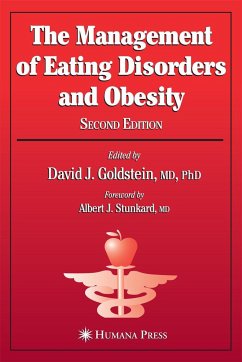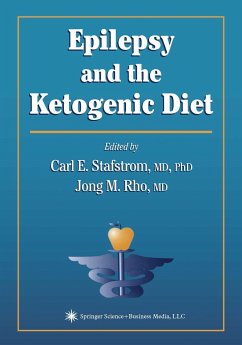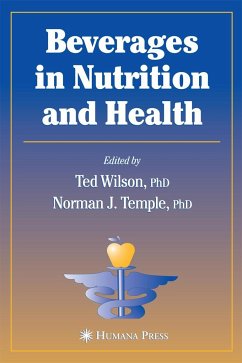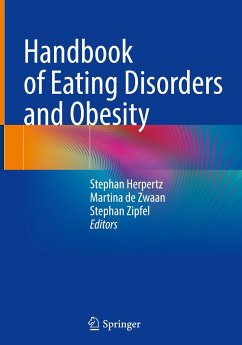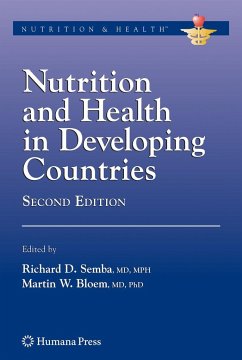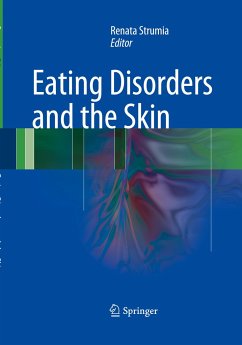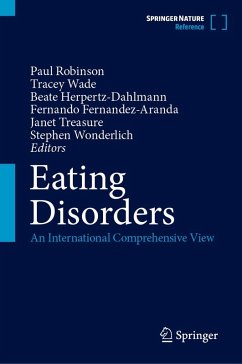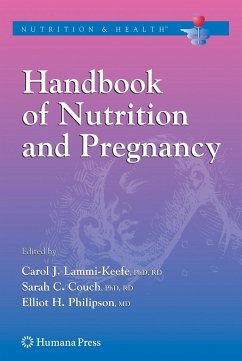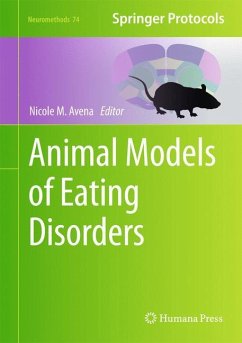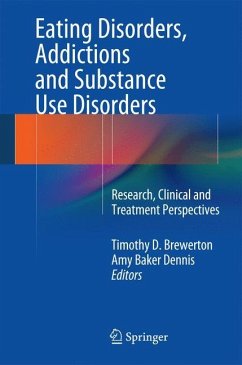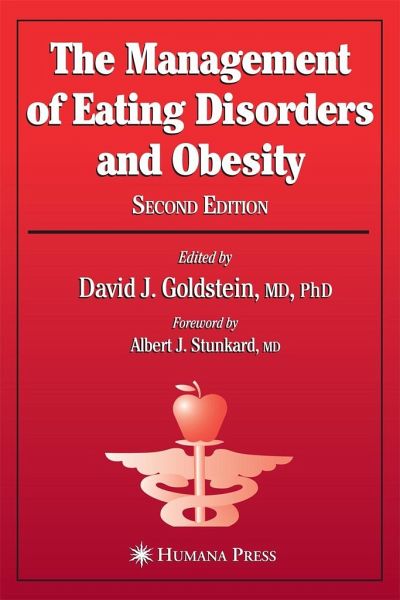
The Management of Eating Disorders and Obesity
Versandkostenfrei!
Versandfertig in 6-10 Tagen
166,99 €
inkl. MwSt.

PAYBACK Punkte
83 °P sammeln!
A panel of internationally recognized eating disorder experts has expanded and fully updated this widely acclaimed book to reflect recent scientific and therapeutic developments. Stressing human physiology, treatment, and disease prevention, the authors take advantage of the new molecular understanding of the biological regulation of energy. Updated chapters review specific evidence-based and future treatment modalities, present an objective evaluation of the treatment, and identify the positives and negatives that have been seen during clinical studies, as well as cumulative data derived from...
A panel of internationally recognized eating disorder experts has expanded and fully updated this widely acclaimed book to reflect recent scientific and therapeutic developments. Stressing human physiology, treatment, and disease prevention, the authors take advantage of the new molecular understanding of the biological regulation of energy. Updated chapters review specific evidence-based and future treatment modalities, present an objective evaluation of the treatment, and identify the positives and negatives that have been seen during clinical studies, as well as cumulative data derived from clinical practice. New chapters include material on the use of the internet in the education and treatment of eating disorders and obesity, and on the role of appetite and satiety in obesity treatment, particularly with regard to the carbohydrate diet. In this much-anticipated new edition of The Management of Eating Disorders and Obesity, a panel of internationally recognized eating disorder experts has expanded and fully updated their widely acclaimed book to reflect recent scientific and therapeutic developments. Stressing human physiology, treatment, and disease prevention, the authors take advantage of the new molecular understanding of the biological regulation of energy intake to discuss growth factors, hormones, cellular and nuclear receptors and their ligands, gene promoters, adipose tissue, and apply this information to the treatment of obesity. Updated chapters review specific evidence-based and future treatment modalities, including low-calorie diets, pharmacotherapies, combination therapies, genetic interventions, and surgery. Each of these chapters presents an objective evaluation of the treatment and identifies the positives and negatives that have been seen during clinical studies, as well as cumulative data derived from clinical practice. New chapters include material on the use of the internet in the education and treatment of eating disorders and obesity, and on the role of appetite and satiety in obesity treatment, particularly with regard to the low carbohydrate diet.
Authoritative and up to date, The Management of Eating Disorders and Obesity, Second Edition, provides health professionals with both scientific understanding that eating disorders and obesity are not merely a matter of losing a few pounds, and numerous practical suggestions to improve the management of patients suffering these disorders.
Authoritative and up to date, The Management of Eating Disorders and Obesity, Second Edition, provides health professionals with both scientific understanding that eating disorders and obesity are not merely a matter of losing a few pounds, and numerous practical suggestions to improve the management of patients suffering these disorders.



